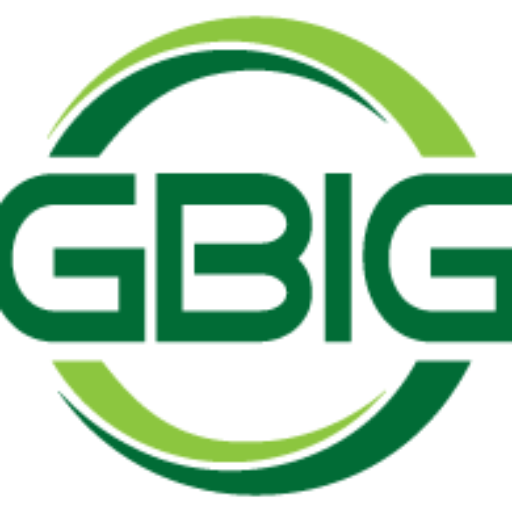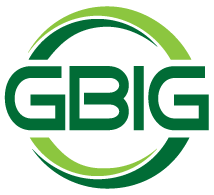This article is one of our features on printing leading up to the event, PRINTING SHOWCASE, September 27 in Green Bay at the Stadium View Bar & Conference venue (just a couple blocks east of Lambeau Stadium.) Legacy Flexo will be on hand as an exhibitor. Contact us for details or sign up today online at www.GreenBayInnovationGroup.com and register at the Event tab.
Use of 10-color flexographic technology has taken companies making that investment into far more than 10-deck printing. Still this question often opens a discussion: “What kinds of jobs require you to run that many colors?” It’s a question that managers hear all the time. “I’m constantly asked why 10 decks are needed,” says Dan Aberly, at Legacy Flexo, Green Bay, WI. The answer to that question and another,”Why invest in this type of press?” are keys to a wide-ranging summary of advancements in flexo printing. This overview explains some of the basic reasoning as well as the increasingly sophisticated jobs being printed.
The capability of a 2021 COMEXI F2 MP10 installation of a 10-color, gearless press sports cutting-edge features like second pass in-register printing, automatic impression setting, automatic viscosity control and the ability to track performance 24/7 worldwide. The press is a symbol of continued, steady growth and a commitment to providing customers with high-quality, cost-effective products.
Worry-free installation was closely related to the quality of pre-planning, specifications and communication with the press design-build provider. Some of the elements on the rundown of considerations for major installations like this, include the long list of capabilities as well as safety, environmental, plates and sleeves, workflow, storage, quality assurance, waste handling, recycling, and more.
Support items such as material handling, trim removal, roll delivery to the press, nearby fixtures, racks and other surrounding systems are all part of a complete installation process. “Everything from washer stations to storage were planned as part of the project,” says Aberly. “We learned a lot from earlier installations and startups.” Operation of eight-color flexo presses has steadily moved Legacy into better press sleeve turnaround and nearby storage; as well as total quality, touch-screen paperless press-side systems.
No-Surprise Installation
During the installation timeframe, a good working relationship between the press provider and printer are especially crucial in terms of:
- On-time installation and trouble-free startup
- Flexibility in the build and installation or add-ons
- Determination of what and where “shakedown trials” will occur
- Accuracy of dates for start-up and commercial production
- Definition of turnkey delivery & results
- Problem solving process when problems occur
Working a good plan and having a committed, flexible team allowed Legacy to bring in this installation on time. “We drove a lot of this because our customers for the press grew their business fast,” said Aberly. “We had customer service incentives to expedite the assembly and installation since our other presses were rapidly becoming sold out.” Helping to determine needs and meet the timeline was a project with key customers. Together we worked on developing new products, plus running print trials. A new product launch and resulting high growth are compelling motivators when an investment is pending.
10 Decks and More
How are the 10 decks used? The need for six stations is easy to understand with jobs that require four colors, plus a metallic and a protective overprint. Beyond that, Aberly says Legacy does much of these on various jobs:
- Break some colors onto two decks. For example, some heavy coverage colors can be printed with better results using higher volume anilox rollers. Or break out a color using a deck with a screen for delicate shading and another one with line color.
- Use of colors beyond CMYK for spot color or enhancement of specialty colors.
- Addition of fluorescent, metallic or precise ink matched colors.
- Logo or customer-requested special color add-ons.
Examples of particular print jobs rounds out the picture of capabilities. One job category consists of a primary product and line extensions using five-to-nine colors. “Even though this family of printed products does not usually require all 10 decks, the sophistication of the technology provides better results than other presses,” notes Aberly. “In addition, these latest presses allow us to handle a range of film substrates.”
Special inks are part of the picture where the printed area may be subjected to high heat and require good water and rub resistance. Print developments led Legacy to meet market demand by brand leaders.
When all decks are not being used on a current job, there is also the ability to begin to set up the next job on unused decks.
Runnability Advancements
Web handling advancements, automatic registration, superior drying systems, fast changeovers and great defect detection—are all factors that contribute to the ability to run complex jobs. Other examples of print jobs made possible by this latest flexo technology include:
- Running substrates such as films that have challenging properties like high-stretch or new synthetic content.
- Handling shrink film that many 6-color presses don’t process well.
- Other specialty film substrates such as those used to connect and pick up a 36-pack of water bottles.
Efficiencies Pay Off
Investors in 10-color flexo continue to sing its praises in terms of quality and output. From setup to line speeds, changeover and washup, precision automation has allowed printers to process high volumes.
Even training time on start-up and for new press operators occurs in a short timeframe, at modest cost. This is largely due to automation systems that reduce the need for operators to make adjustments.
Flexibility for printers to assist in the design of the press to meet their market requirements allows them to assure results. For printers pushing the edge on complex jobs, or just pushing the multi-color envelope, the latest 10-color flexo presses cannot be overlooked. And at Legacy Flexo, a full lineup of 10 presses rounds out capabilities. See LegacyFlexo.com.
– By Susan Stansbury










